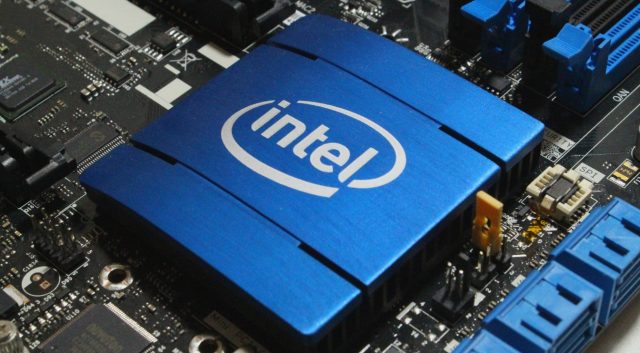Intel reported first-quarter revenue of $19.8 billion (+23 percent) fuelled by 34 percent growth in data-centric business and 14 percent rise in PC-centric business.
 Intel on Thursday said it could not make a revenue forecast for the full year because of economic uncertainty caused by the coronavirus pandemic.
Intel on Thursday said it could not make a revenue forecast for the full year because of economic uncertainty caused by the coronavirus pandemic.
“It’s really hard to think about the second half in terms of how demand is going to look compared to what we ultimately thought when we first gave guidance,” Chief Financial Officer George Davis told investors on a conference call.
The COVID-19 pandemic has impacted the semiconductor industry, disrupting operations as lockdown orders hit countries in the chip supply chain such as Malaysia, where chip operations were eventually allowed to resume but suffered disruptions.
Intel CEO Bob Swan said the company had to “temporarily pause” some projects due to local government restrictions at some sites, but said Intel’s factories largely have been able to meet demand.
Intel said stay-at-home orders around the world drove higher demand for Intel’s chips during the first quarter. Demand for PCs also rose.
The global traditional PC market declined 9.8 percent in the first quarter of 2020, according to IDC. PC shipment reached 53.2 million as a result of reduced supply due to the outbreak of COVID-19 in China, the world’s largest supplier of PCs.
While PC production capacity in January was much on par with past years, the closure of factories in February and the slow resumption of manufacturing along with difficulties in logistics and labor towards the end of the quarter led to a reduction of PC supply.
Demand for PCs rose during the first quarter as many employees needed to upgrade their PCs to work from home and consumers sought gaming PCs for entertainment, the report from IDC said.
Intel said there was increased demand for data center chips as people tried to make sure their infrastructure could match the requirements of having so many of their employees working remotely.
Davis said Intel expects lower gross margins in the second quarter because of the costs of readying its “Tiger Lake” 10-nanonmeter processors for the PC market. Intel plans to sell those chips starting in the third quarter.
The costs would not effect the margin for the full year, Davis said, because Intel would be able to sell the chips at high margins in the third quarter as the costs of readying them would already have been accounted for in the second quarter.
But Intel’s ability to recoup the money it is investing in the Tiger Lake chips in the second quarter depends on its ability to sell them in the third-quarter and beyond. Intel executives said the chip is likely to be included in 50 different laptops that will go on sale during the 2020 holiday shopping season but they declined to forecast sales that far ahead.
Intel expects second-quarter adjusted profit of $1.10 per share.
Revenue in Intel’s client computing business, which caters to PC makers and is the biggest contributor to sales, rose 14 percent to $9.8 billion during the first quarter.
Intel’s higher-margin data center business reported revenue that surged 43 percent to $7 billion.





